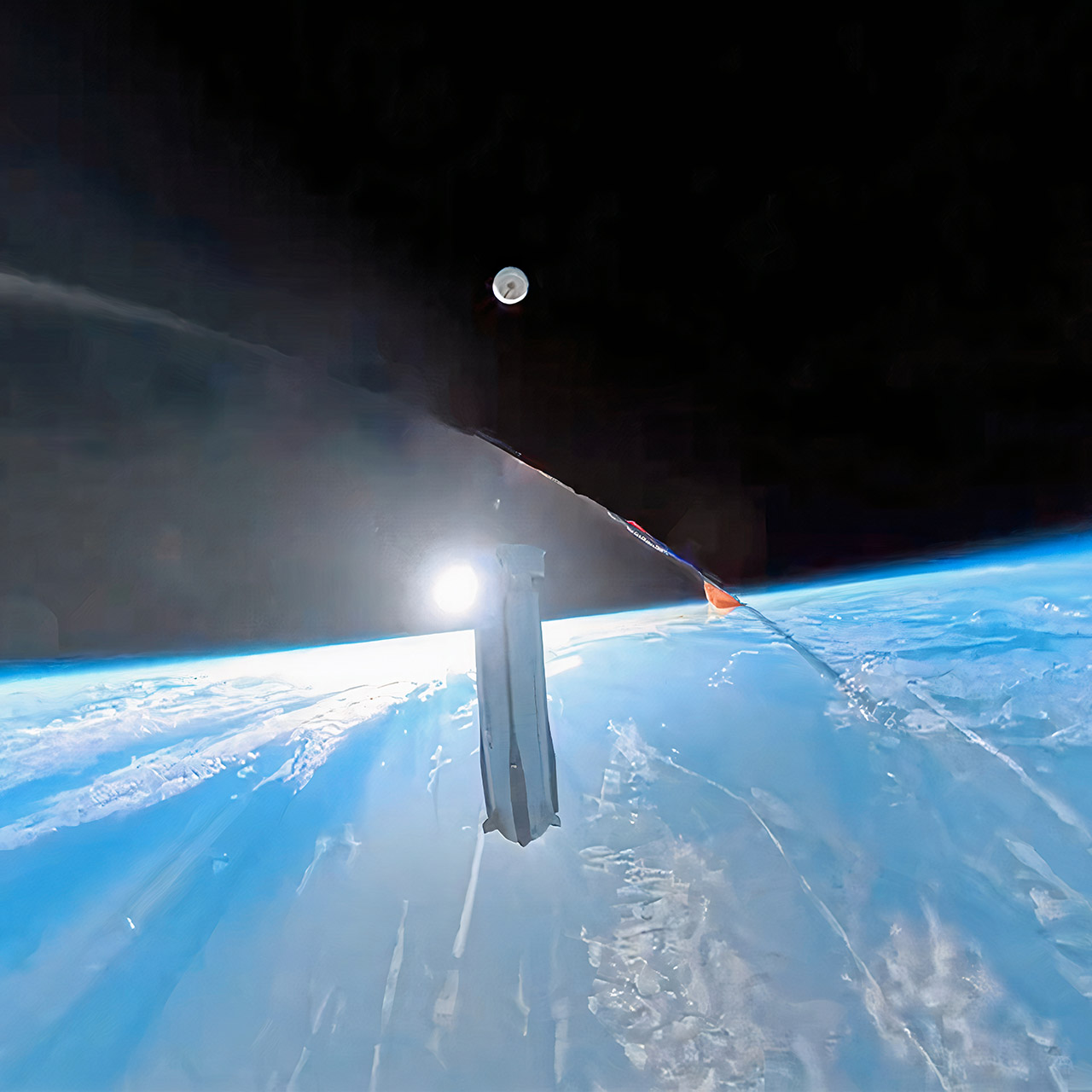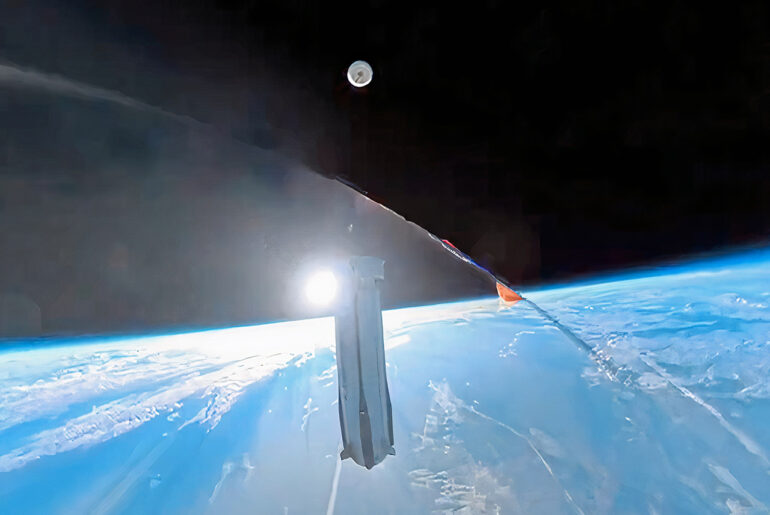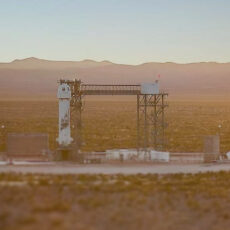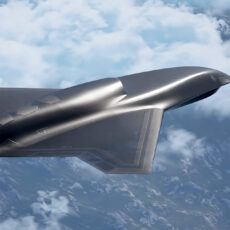
Jeff Bezos made headlines this week, not with a huge statement about lunar bases or orbiting hotels, but with a short video clip from Blue Origin’s latest New Shepard flight, captured by a camera that detached and drifted with the rocket. He puts it simply: two wide-angle lenses stitched together to form a complete circle of view.
What a view. From our new free flying camera — deployed on yesterday’s New Shepard mission. (The “bubble” is the seam between two 180 degree lenses.) pic.twitter.com/X6nX5vz2YT
— Jeff Bezos (@JeffBezos) September 20, 2025
New Shepard’s NS-35 mission launched September 18 from the flat expanse of West Texas, a site that’s seen dozens of these quick trips to space. No passengers this time – just over 40 bundles of experiments in the capsule, from middle schoolers’ gadgets funded by NASA’s TechRise program to university tests of microgravity’s quirks. The rocket climbed to 62 miles, then back down in under 11 minutes, booster landing on its tail like clockwork, capsule floating in on parachutes. Delays had pushed the launch back nearly a month due to finicky electronics in the booster, but when it finally went up, everything worked. Among the science cargo, the engineers slipped out this camera and let it go, no strings or rails.
LEGO Icons NASA Artemis Space Launch System - DIY Rocket Model Building Set for Adults, Ages 18+ - Gifts...
- NASA rocket model kit – Launch into a creative project with the LEGO Icons NASA Artemis Space Launch System model building project for adult space...
- What’s in the box? – This creative building set includes everything you need to craft a multistage rocket with 2 solid-fuel boosters, an Orion...
- Features and Functions – This NASA-themed rocket model features retractable launch tower umbilicals, rocket support and crew bridge, detachable...
The camera is made up of two lenses, each of which can capture 180 degrees. They fire simultaneously, creating a seamless wraparound image that no single viewpoint could replicate. On the ground, the overlap might seem like a subtle warp, easy to miss. In the air, the structure spins to stay aligned, tumbling end over end to counter the rocket’s unpredictable trajectory. Raw clips would be too fast to follow, with the booster blurring past in streaks. The crew then runs it through stabilization algorithms, twisting the entire frame to center the rocket. The lens seam comes into view with that motion, and becomes a spinning bubble that’s amazing as often as annoying.
What happens to the camera once the engines stop? Nobody’s said yet. Blue Origin hasn’t said whether it goes with the capsule, parachutes down separately or just floats off into the high sky. We’ve asked the company for an answer and haven’t heard back yet. That’s a reuse question – New Shepard lands ready to go again. If the camera follows suit, it could become a regular on these flights, providing feedback views that turn dry telemetry into something tangible. Early tests like this one are for training simulations or public feeds, making suborbital flights feel like front row seats rather than data logs.
[Source]










